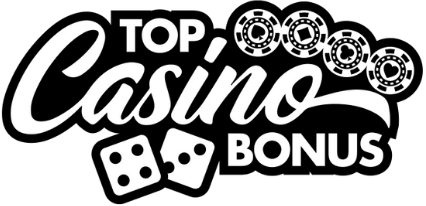Keno strategy: improving your chances in a game of luck
Most folks think Keno’s just blind luck, a lazy man’s lottery laid out on a digital grid. That notion couldn’t be more misleading. It’s true that Keno’s a game of chance, governed by cold math and random numbers, but even in a sea of probabilities, strategic footing matters. If you’ve spent any time around gaming halls, you know that the same handful of disciplined players seem to stick around round after round. They’re not just lucky, they play smarter.
Table of contents
Understanding the structure of Keno
The first thing any serious player needs to grasp is that Keno is built around probabilities, not guarantees. Basically, you pick between 1 and 20 numbers from a pool of 80, and the machine randomly draws 20. That’s where the excitement kicks in, hoping your picks match what gets pulled. It sounds simple, but the devil’s in the details.
Why your pick count matters
Too often, new players either pick too few numbers “to keep it simple” or go all out with 20, thinking bigger nets better returns. Wrong on both counts. The sweet spot, from thousands of observed patterns and real-world case studies, lies between 4 to 8 picks. This range typically provides the best ratio between risk and payout.
Debunking the myth of “hot” numbers
You’ll hear chatter about hot and cold numbers all day, like you would when someone’s messing with roulette. “Seventeen’s been hitting all day,” they’ll whisper. But listen, random number generators don’t have memory. Keno outcomes, just like spinning a fair wheel, are independent. Chasing hot numbers is like betting your life savings on the wind changing direction.
The illusion of patterns
Humans are pattern-seeking creatures. We see faces in clouds and order in chaos. But in Keno, there’s no advantage in looking for geometric shapes or diagonal lines of numbers. That stuff might look pretty printed out on your ticket, but the algorithm doesn’t care. Smart players focus on balance, spreading numbers across the board without clustering them too tight or hugging the edges.
Managing bankroll effectively
This is where most folks burn out. They drop a handful of bets and expect fireworks. When it doesn’t happen, they double down emotionally, and financially. Keno demands a calm hand and the long view, much like any high-variance game, including options trading or even Sic Bo. You’re not going to hit the motherlode every game, and that’s by design.
Wager selection and payout ratios
Understand that the more numbers you play, the harder it is to hit them all, but the higher the payout can be. Most mistake the large jackpot as achievable without realizing the odds are punishing. Prioritize bets where hitting 4 or 5 numbers yields a decent reward without needing a miracle. Adjust your stake size based on this logic, think in real mathematical terms, not fantasy.
Choosing the right platform or machine
Here’s a detail too many gloss over: Not all Keno games are born equal. Online versions vary in payout charts, hit frequency, and house edge, much like comparing quality between budget wine and a bottle aged in oak barrels. I’ve seen veterans walk away after checking the payout table. If it doesn’t match optimal rates, it’s not worth your coin.
Bonus features and distractions
Some Keno versions come loaded with flashy bonus rounds or “jackpot draws.” Don’t get seduced. Very often, these extras come with a higher house edge hidden behind flashing lights. It’s the same trap you find in fancy slot machines. Sure, they entertain, but at what cost?
Adopting a disciplined mindset
If you’re aiming to last in the long game, you have to approach Keno with the same discipline as you would study the nuances of a rare Swiss movement watch. Every small decision, how many numbers you pick, your wager size, not blowing your budget after one bad stretch, it’s all part of the craft.
Setting realistic expectations
This isn’t a get-rich-quick scheme. Keno’s allure is the idea that you might turn a small stake into something sizable, and sometimes, lightning does strike. But smart players aim to maximize playtime, stretch their bankroll, and enjoy the symmetry of the numbers, not just chase payouts. As with any high-risk game, always lean toward responsible gambling.
Knowing when to walk away
That’s the hardest skill to learn, stopping before the house takes it all back. I’ve seen it more times than I can count: a sharp run turns sour because someone thought they were invincible. Take your profit and return another day. You wouldn’t keep hammering a chisel into a tight grain once you’ve already cracked it open, right?
Mixing Keno with other games
If you’re getting itchy between draws or want to pace your playing rhythm, balance Keno sessions with other games where you can make low bets while keeping entertained. Try dabbling in strategy-based games like Baccarat, or work the odds in roulette. These require different muscles in your betting brain but can offer refreshing contrast.
Final wisdom: know your game, master your time
Keno demands patience, pattern recognition (of your own behavior, not the numbers), and airtight bankroll discipline. It’s easy to scoff at folks who invest thought into a “lottery-style” game, but those who’ve lasted know where the levers are. The house always has the edge, but how you play can either sharpen it against you or blunt its bite.
In the end, Keno isn’t just luck, it’s controlled chaos. Master the rhythm, learn to pull back when needed, and pace yourself like a craftsman shaping raw wood with every cut. That’s how the real players do it. Not with superstition, with structure and savvy.





0 Comments